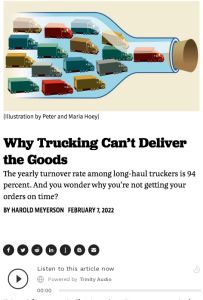
Article
Why Trucking Can’t Deliver the Goods
The yearly turnover rate among long-haul truckers is 94 percent. And you wonder why you’re not getting your orders on time?
The Prospect,
2022
Recommendation
Attempting to explain a particularly broken part of the supply chain, American Prospect editor Harold Meyerson takes a deep dive into the history of trucking in the 20th century. From the politics of the New Deal to the 1960 tensions between Ralph Nader and the Teamsters, he conveys a fascinating history that reveals a lot you likely didn’t know. His compelling insights will intrigue you, particularly if you’re waiting for your new furniture to arrive – by truck, of course.
Summary
About the Author
Harold Meyerson is editor-at-large of The American Prospect. This article appears in its February 2022 special issue, “How We Broke the Supply Chain.”
By the same author
Article


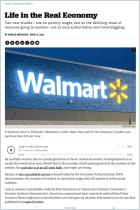
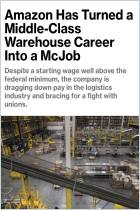
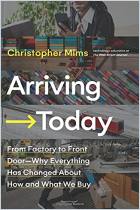
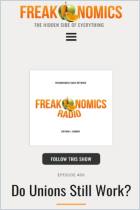
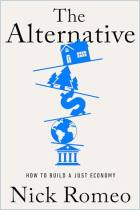
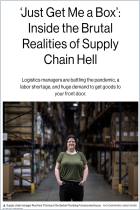
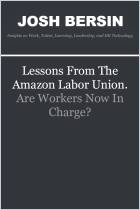


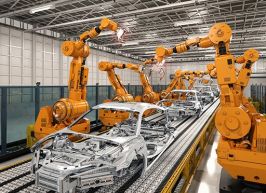

Comment on this summary